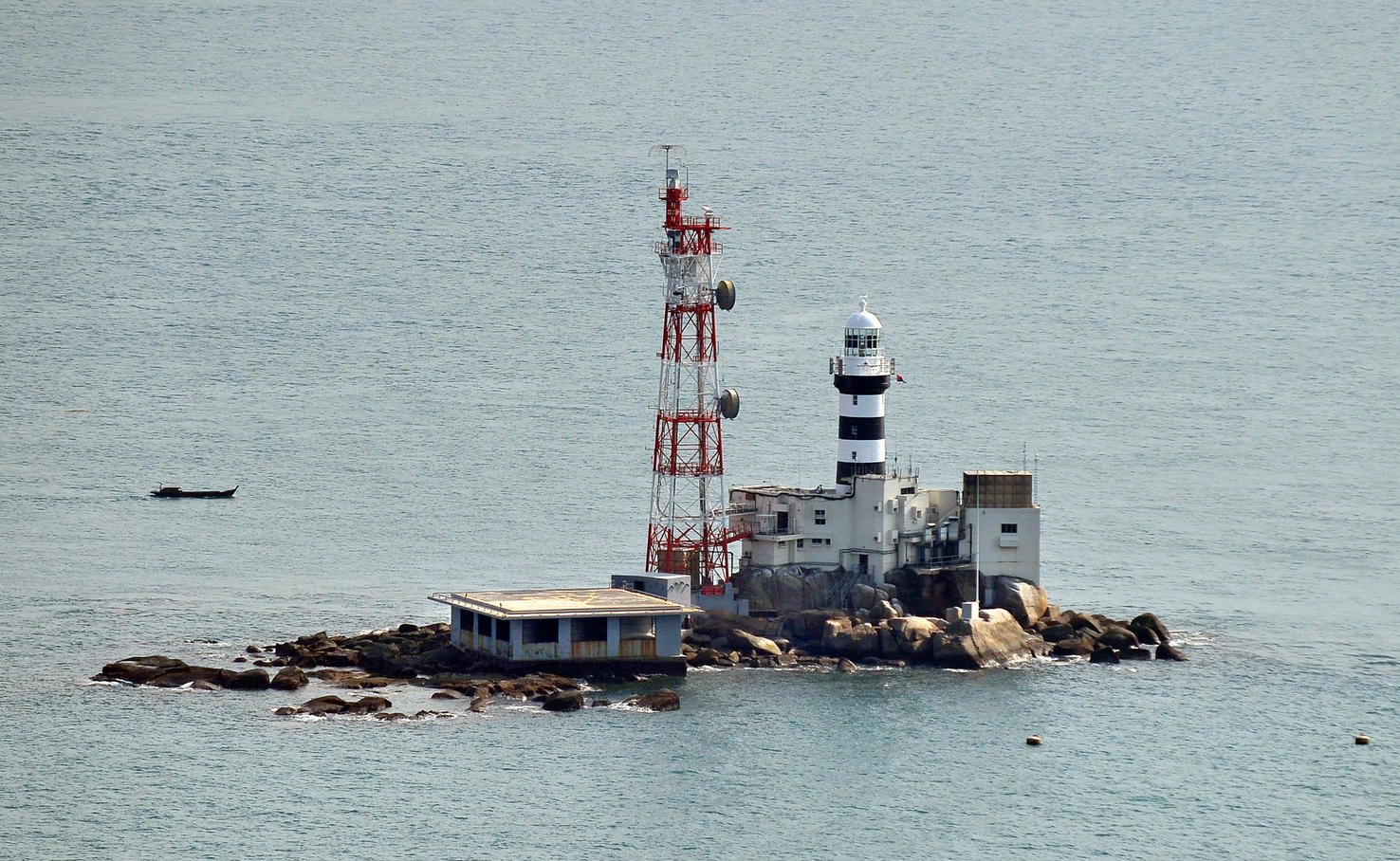Malaysia seeks to revise judgment on Pedra Branca, citing discovery of 'new facts'
Sign up now: Get insights on the biggest stories in Malaysia

Malaysia has filed an application at the International Court of Justice to review a judgment awarding Pedra Branca to Singapore, citing discovery of "new facts".
PHOTO: ST FILE
Follow topic:
Malaysia said on Friday (Feb 3) it has filed an application at the International Court of Justice (ICJ) to review a judgment made in May 2008 that awarded Pedra Branca to Singapore after making "discovery of some fact of such a nature as to be a decisive factor".
Malaysia filed the application to the ICJ on Thursday (Feb 2) over the sovereignty of the island, said a statement issued by Malaysia's Attorney-General Mohamed Apandi Ali. "The application was made by Malaysia upon the discovery of some fact of such a nature as to be a decisive factor, which fact was, when the judgment was given, unknown to the Court and also to Malaysia as the party claiming revision," the statement said.
"The discovery of the new facts is important and they should be ventilated in a court of law accordingly. Thus, as agreed by both parties in the Special Agreement, the International Court of Justice is the appropriate forum for this."
Tan Sri Apandi added in the statement: "We are also confident that the requirements as stipulated under Article 61 of the Statute of the International Court of Justice have been met in that, inter alia, the application for revision is brought within six (6) months of the discovery of the new fact, and within ten (10) years of the date of the Judgment." He did not elaborate on what the new discovery is.
The dispute pitted Malaysia's claim of original title to Pedra Branca against Singapore's claim of taking lawful possession in 1847 and continuous exercise of sovereignty ever since. The ICJ was also asked to determine to whom nearby Middle Rocks and South Ledge belong.

Malaysia's arguments
Malaysia's legal case rested on its claim that the Sultanate of Johor had possessed title to the island since its establishment in 1512. That original title was then transmitted to the State of Johor, and subsequently to the Federation of Malaya, which Johor joined in 1948.
To explain Singapore's presence on the island, Malaysia cited an 1844 letter that it claimed was a grant of permission by the Johor rulers to the British, for the latter to build and operate a lighthouse there. Malaysia argued that the British and their successor, Singapore, were merely lighthouse operators and never exercised sovereignty over the island.
Singapore's arguments
Singapore said Pedra Branca was terra nullius, or no man's land, when the British took lawful possession of it in 1847.
Britain's conduct from 1847 to 1851, in financing and building Horsburgh Lighthouse, and building piers and rain channels on the island, showed its intention to take sovereign control of the island. Britain thus acquired title to the island through its peaceful occupation of it.
Subsequently, Britain and, later, Singapore, maintained that title through an open, continuous and effective display of state authority over the island from the 1850s up to the present. In international law, such conduct is known as effectivites.
Singapore also noted that Malaysia never once protested against Singapore's exercise of sovereignty over the island. Then, in 1979, Malaysia asserted a "belated claim" by publishing a map that placed Pedra Branca within its territorial waters for the first time, it said.
Singapore also produced a 1953 letter from Johor's top civil servant at that time to the British authorities, in which the former wrote that "Johore does not claim ownership of Pedra Branca". That letter, Singapore argued, was a disclaimer of title by Johor that was binding on Malaysia.
The court's judgment
The court recognised that Johor had the original title to Pedra Branca, but ruled that by 1980, when the dispute over the island crystallised, sovereignty over Pedra Branca had passed to Singapore.
It found that the island remained in the sovereignty of Johor when the British made preparations in 1844 to build Horsburgh Lighthouse there. But the court noted that sovereignty over territory might pass as a result of the failure of the state that has sovereignty to respond to concrete manifestations of the display of territorial sovereignty by the other state.
It noted that Johor's 1953 reply showed that as of then, Johor understood that it did not have sovereignty over Pedra Branca/Pulau Batu Puteh.
It found Singapore's activities since then - investigating shipwrecks, granting permission to Malaysian officials to visit and survey surrounding waters, installing military communications equipment, and proposing reclamation plans - a titre de souverain, that is, conduct that confers title on the party responsible. It also noted the failure of Malaysia and its predecessors to respond to the conduct of Singapore or its predecessors, ruling that by 1980, sovereignty over Pedra Branca had passed to Singapore.
The court also found that the original title to Middle Rocks should remain with Malaysia as the successor to the Sultanate of Johor. As for South Ledge, which falls within the overlapping territorial waters generated by both larger maritime features, the court ruled that it belongs to the state in whose territorial waters it is located.

